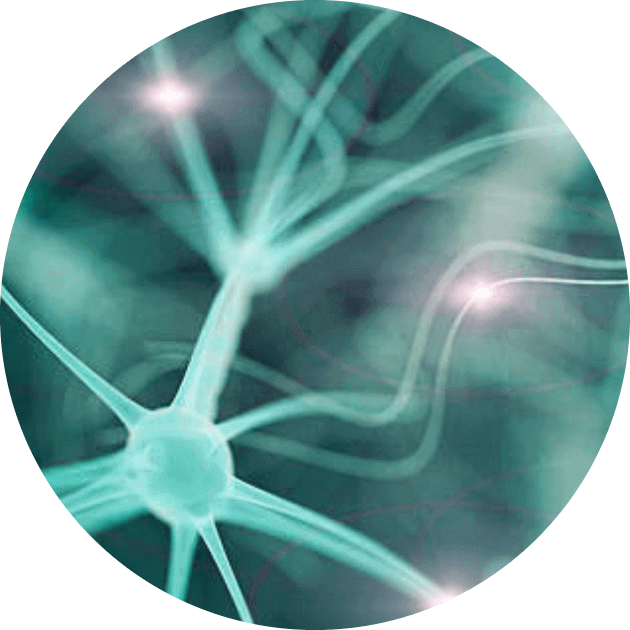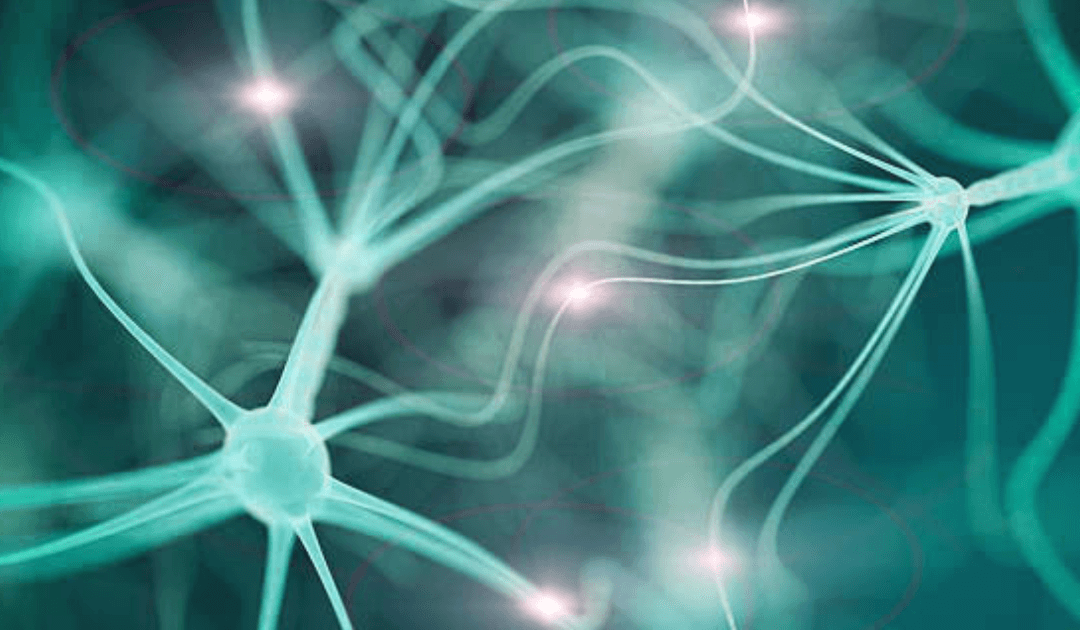
Have you ever wondered if the brain can be “cured”? This is a question that has been debated for centuries, but recent research into the science of neuroplasticity may provide the answer. Neuroplasticity is the idea that the brain can change and adapt throughout our lives, and that these changes can be beneficial to our overall mental health and wellbeing. In this blog post, we will explore what neuroplasticity is, how it works, and whether it can be used to “cure” the brain.
The brain has the ability to change and adapt, a phenomenon known as neuroplasticity. Neuroplasticity refers to the brain’s ability to reorganize itself by forming new connections between brain cells (neurons) and by altering the strength of existing connections. This process allows the brain to adapt and learn new skills, as well as to compensate for injuries or diseases.
Electrical impulses travel through neurons to carry information
A neurotransmitter is released when the body receives it. A neurotransmitter is released when the body receives it. Released neurotransmitters bind to receptors through the synaptic cleft and create new synapses post-synaptic neurons fire electrical signals that cause the brain to fire as a result. The synapse can modify itself according to how strong it is. A neuron’s ability to alter its shape is called neuroplasticity. There is a reason why our brains can constantly learn new information even without us realizing it is a seemingly overburdened system.
Neuroplasticity refers to how a neuron’s brain-cell synapses grow or decrease in strength depending on the use or lack thereof.
Neuroplasticity, sometimes referred to as brain plasticity which is the capability of the brain to form new connections between neurons. Neuroplasticity is an adaptive feature of the brain that enables it to adjust its function in response to changes in the environment or within the body. It allows the brain to modify its structure and circuitry, responding to learning, experience, and injury.
The concept of neuroplasticity is not new; scientists have known about it since the late 19th century. However, it wasn’t until recently that neuroscientists began to understand the full extent of its power and potential.
Neuroplasticity occurs when the brain adapts to external stimuli or internal needs. It involves the modification of existing neural pathways and the formation of new ones. This process allows for a more efficient and effective information organization, leading to improved mental performance and the potential for improved memory, language, and cognition.
Neuroplasticity can occur at any age, and it plays a key role in memory, learning, and the ability to adapt to new situations. Research has also shown that neuroplasticity can be enhanced through certain activities, such as learning new skills, practicing meditation, and engaging in physical exercise.
While neuroplasticity offers the potential for the brain to adapt and regenerate, it is not always possible to fully “cure” certain brain conditions or diseases. In some cases, neuroplasticity may be able to help compensate for damage or dysfunction in the brain, but it is not always possible to fully restore lost function.
The Three Main Types of Neuroplasticity
There are three main types of neuroplasticity: Hebbian plasticity, activity-dependent plasticity, and homeostatic plasticity.
Hebbian plasticity is the type of neuroplasticity where neurons that fire together, wire together. This type of plasticity is based on the idea that when two neurons are activated simultaneously, their connection is strengthened. This is why it is so important to practice new skills or behaviors in order for them to become ingrained in your brain.
Activity-dependent plasticity occurs when neural connections are strengthened or weakened based on experience and activity. This type of plasticity occurs when an individual engages in activities that require concentration and focus. For example, if someone spends a great deal of time practicing a musical instrument, their neural connections associated with playing that instrument will become stronger over time.
Homeostatic plasticity is the type of neuroplasticity that helps regulate the firing rate of neurons. This type of plasticity allows the brain to adjust its responses to different stimuli by fine-tuning the connections between neurons. For example, when someone experiences chronic stress, their brains may increase their sensitivity to stressful stimuli in order to protect itself from further harm. Homeostatic plasticity helps the brain maintain a balance between different states.
How Does Neuroplasticity Work in the Brain?
The first step in the process is for the brain to recognize something new. This could be a new idea, concept, or experience. Once the brain is aware of this new stimulus, it begins to form pathways and connections between different parts of the brain.
It can form these connections in several different ways. For example, the brain may increase communication between two different areas or strengthen an existing connection. It can also weaken connections that are no longer needed or even create entirely new ones.
These changes don’t happen overnight, though. Neuroplasticity is a long-term process, so it takes time for the brain to adjust to the new stimulus and make these changes permanent. The end result is a more efficient and effective brain that can handle complex tasks with ease.
Ultimately, neuroplasticity is an amazing process that helps us learn and adapt to our environment. By understanding how it works, we can develop strategies and techniques to optimize our mental performance and ultimately get the most out of life.
In the case of autism, it is worth taking advantage of the possibility of neuroplasticity, as it can greatly contribute to the development of learning abilities, cognitive abilities, and memory. In our next article, we list tasks that promote neuroplasticity
Related articles:
Brain plasticity exercises Part1
Benefits of Neuroplasticity
Resources
- m B-R, SeoH-S, Ku J-M, et al. Silibinininhibits the production of pro-inflammatory cytokines through inhibition of NF-κB signaling pathway in HMC-1 human mast-cells. Inflammation. Research. 2013;62(11):941-950. doi:10.1007/s00011-013-0640-1.
- ChapowalA. PetasitesStudy Group. Randomisedcontrolled trial of butterbur and cetirizine for treating seasonal allergic rhinitis. BMJ 2002;324:144-6.
- Hayes, N. A. and Foreman, J. C. The activity of compounds extracted from feverfew on histamine release from rat mast-cells. J Pharm Pharmacol1987;39(6):466-470
- Hsieh et al. Baicalein inhibits IL-1ß- and TNF-a-induced inflammatory cytokine production from human mast-cells via regulation of the NF-?B pathway. ClinMolAllergy. 5: 5. 2007.
- TheoharidesTC, Patra P, Boucher W, et al. Chondroitin sulphateinhibits connective tissue mast-cells. British Journal of Pharmacology. 2000;131(6):1039-1049. doi:10.1038/ sj.bjp.0703672.
- Ro JY, Lee BC, Kim JY, et al. Inhibitory mechanism of aloe single component (alprogen) on mediator release in guinea pig lung mast-cells activated with specific antigenantibodyreactions. J PharmacolExpTher. 2000;292:114–121. 73.
- https://www.ncbi.nlm.nih.gov/pubmed/24477254
- https://www.ncbi.nlm.nih.gov/pubmed/28458279
- https://www.ncbi.nlm.nih.gov/pubmed/9421440
- https://www.ncbi.nlm.nih.gov/pubmed/10344773
- https://www.ncbi.nlm.nih.gov/pmc/articles/PMC4315779/


